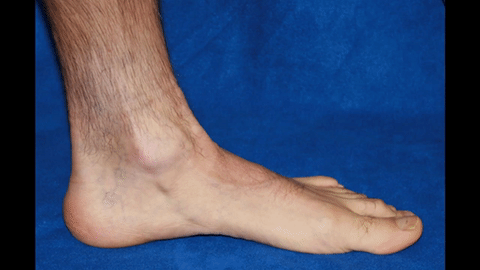Diabetic peripheral neuropathy has been defined as the presence of symptoms and or signs of peripheral nerve dysfunction in people with diabetes after the exclusion of other causes. Unfortunately, no one pays much attention to the last and most important part of that definition, "after the exclusion of other causes." Peripheral neuropathies are the most common complications of diabetes mellitus. It is believed that up to 50% of both Type I and Type II diabetics are affected. If diabetes was the main etiology for peripheral neuropathy then shouldn't all diabetics eventually end up with neuropathy? Type I diabetics are potentially affected with this nerve condition after decades of chronic uncontrolled blood sugar levels while Type II diabetics can have signs and symptoms of neuropathy after only a few years of diagnosis. Type I diabetics don't develop signs or symptoms of peripheral neuropathy until they are in their 40's or 50's. The average age of diagnosis of Type I diabetes mellitus is 14 years old . Type II diabetics aren't diagnosed until they are middle aged or older. Unfortunately, that number is getting younger and younger due to increase in Type II pediatric diabetes.
There is a strong correlation between foot neuropathy and faulty foot mechanics. The problem with only releasing any entrapped nerves is that nothing is usually done to realign the foot. Arch supports may be beneficial, but for many patients these devices just end up pushing on the nerves and make their symptoms worse.


A scientifically-proven internal option exists. HyProCure – an extra-osseous, extra-articular, talotarsal fixation device. HyProCure has been used safely and effectively in thousands of pediatric and adult patients since 2004. HyProCure is the only extra-osseous talotarsal stabilization device that works with the normal bio-mechanics unlike other devices that work against the normal function and often lead to failure of the device. EOTTS is an internal correction for an internal problem. It is the only medical treatment that has been scientifically proven to decrease the pressures within the tarsal tunnel and porta pedis while at the same time decreasing the strain on the nerve.